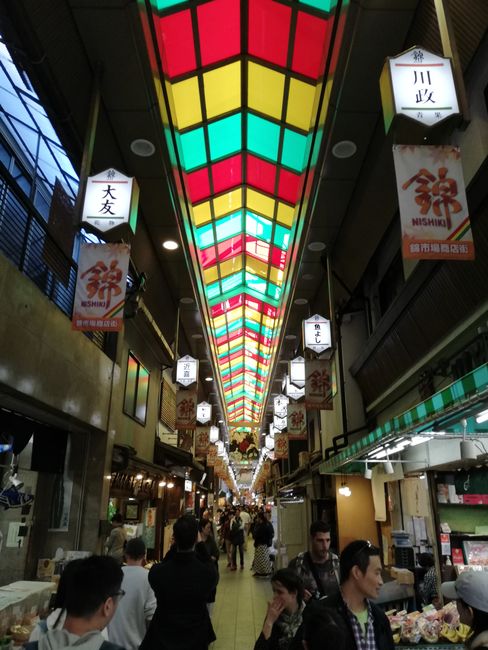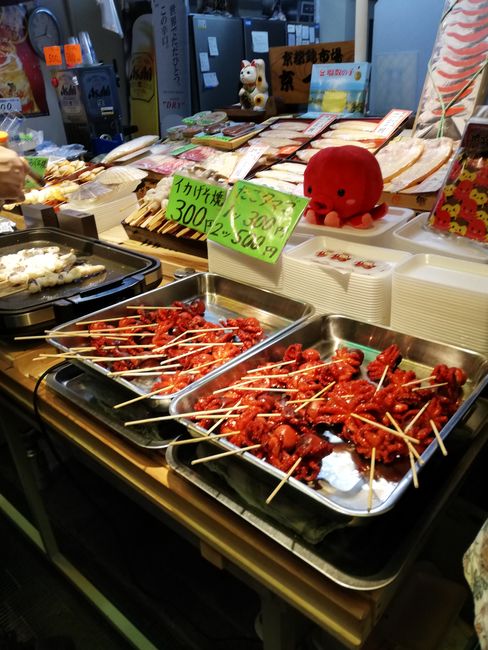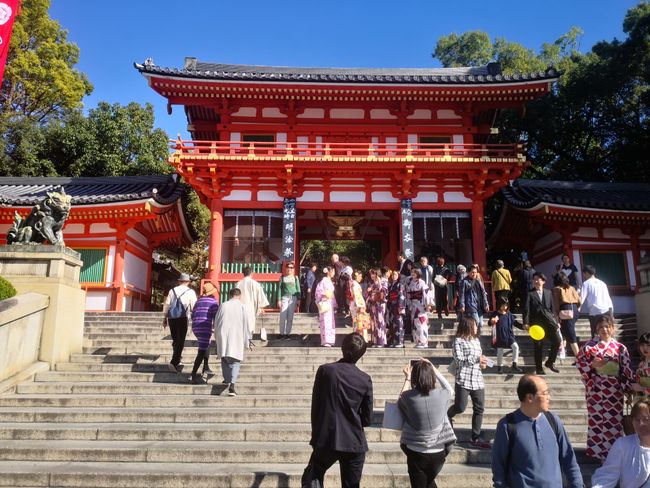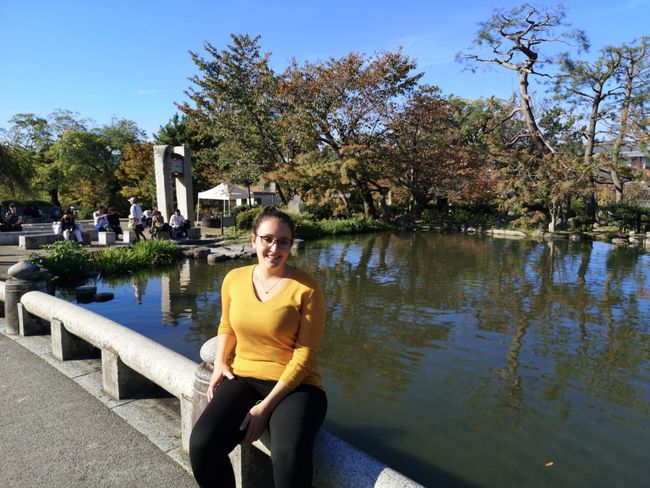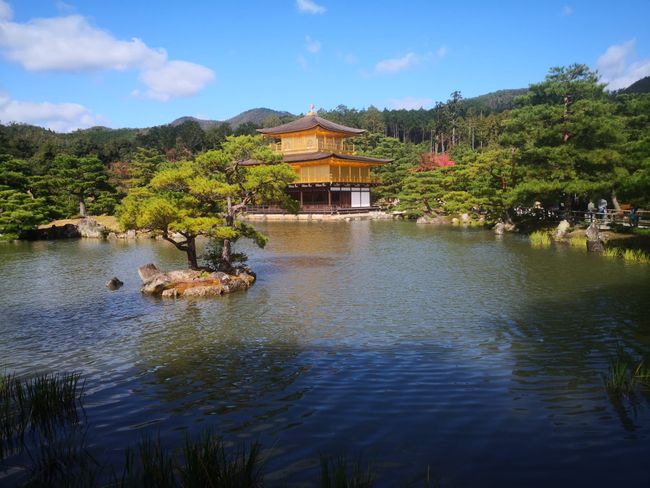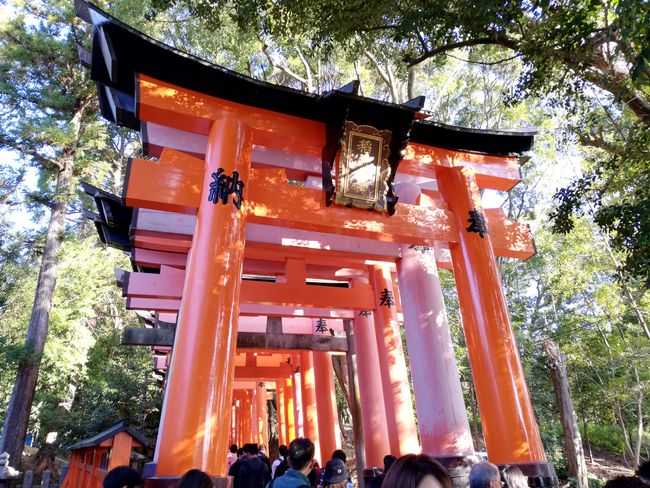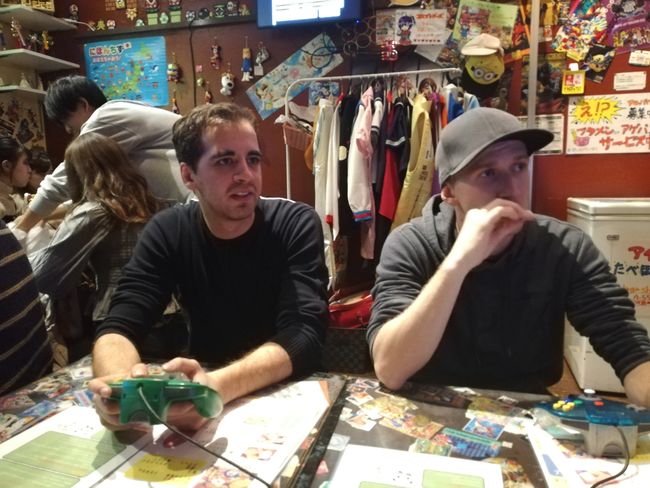Kyoto, Japan (d)
Naipablaak: 15.11.2019
Agsubscribe iti Newsletter
Sa 02.11. Today we planned to explore the local Nishiki Market and Yasaka Park. The market consists of a long covered street. On both sides of the street, you can find market stalls or shops. The range of products is very extensive, from fresh fish to meat, as well as vegetables, fruits, and spices. There are also souvenirs for tourists. We found some interesting food such as a red mini squid on a stick. However, none of us wanted to venture into the culinary adventure. We bought chopsticks. Arnold even bought a traditional cooking knife. We continued walking in the park, where we could also admire various temples.
In addition, we saw a traditional wedding from a distance. We also saw a pond with koi, storks, and a turtle.
Mo 04.11 After taking a break on Sunday, we still wanted to see the Golden Pavilion Temple. It is a Buddhist temple in the northwest of the Japanese city of Kyoto. The temple complex is known for its reliquary hall, the upper floors of which are completely covered in gold leaf.
Later, we absolutely had to do laundry again. We looked for a laundromat and had coffee during that time.
Tue 05.11 This morning we went into the city together and Arnold bought a kimono as a gift. Afterwards, the guys wanted to stay in the city, but I didn't.
So we split up and I independently visited the Fushimi Inari-taisha Shrine. This fascinating shrine was dedicated to the rice and sake god by the Hata feudal domain in the 8th century. With the declining importance of agriculture, other deities were added to ensure business success. Behind the Fushimi Inari-taisha, a magical, seemingly endless path winds its way through 5,000 brightly orange gates ("torii"). This makes the shrine one of the most popular in all of Japan. The shrine is home to dozens of fox statues. The fox is regarded as a messenger of the grain god Inari, and the stone foxes are often called that as well. The keys that these foxes often carry in their mouths are keys to the grain stores. This shrine is the central sanctuary for the approximately 40,000 Inari shrines throughout Japan.
Agsubscribe iti Newsletter
Sungbat


